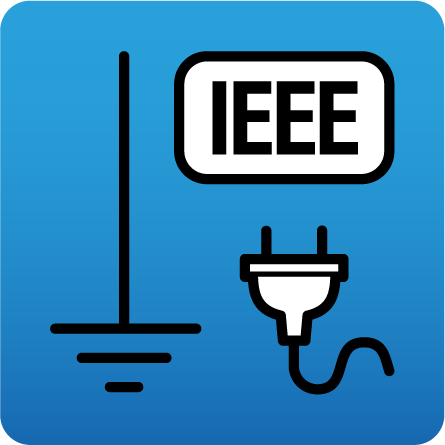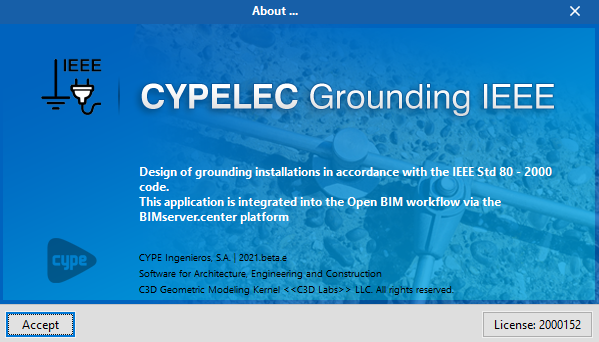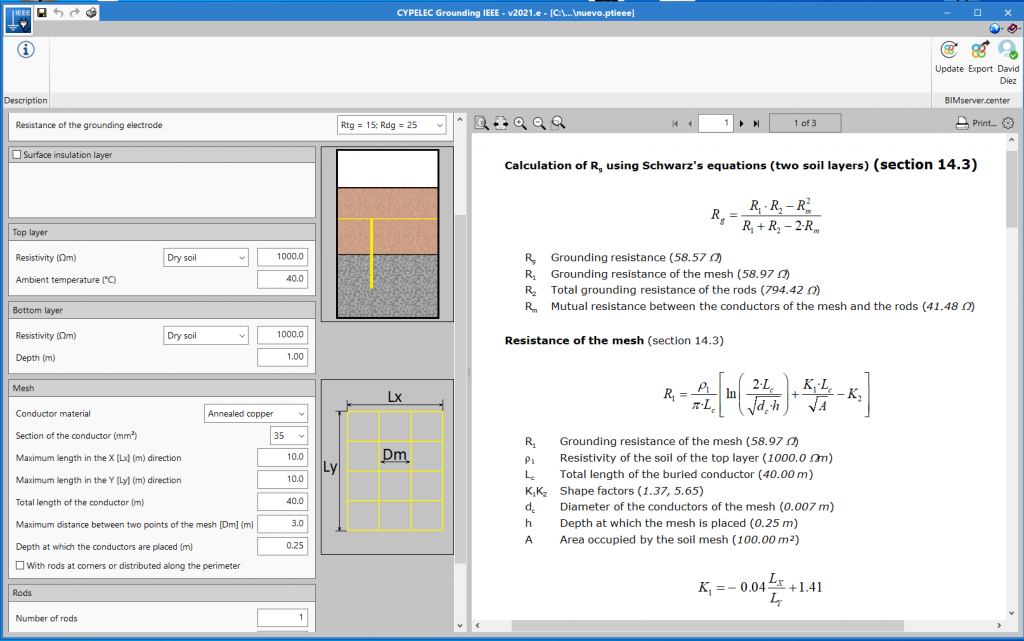Design procedure
CYPELEC Grounding IEEE allows users to design grounding systems in accordance with the method proposed in the IEEE 80 2000 standard "IEEE Guide for Safety in AC Substation Grounding".
For the method outlined by the IEEE, the user can choose between three different design methods, depending on the soil conditions and the installation method of the buried conductors, to distinguish between simpler (Sverak method) or more complex (Schwarz method) systems with one or several layers in the soil. Also, limit values are checked for potential differences between two points that may be connected through the human body when the substation is in a fault state. Furthermore, a surface layer of insulation can be included to improve the safety of the installation.
Based on the data entered, as well as the impedances measured on the line where the grounding system is connected, the following analyses are performed:
- Resistance of the grounding system
- Maximum current in single-phase and three-phase ground faults
- Ground potential rise
- Step and touch voltage analysis
- Conductor cross-section check
Results
The final result is exported as an IFC data exchange file to be used in other Open BIM programs.
User license
For the program to be able to design the grounding system outlined above, the licence must include the "Advanced design of grounding systems" module.





